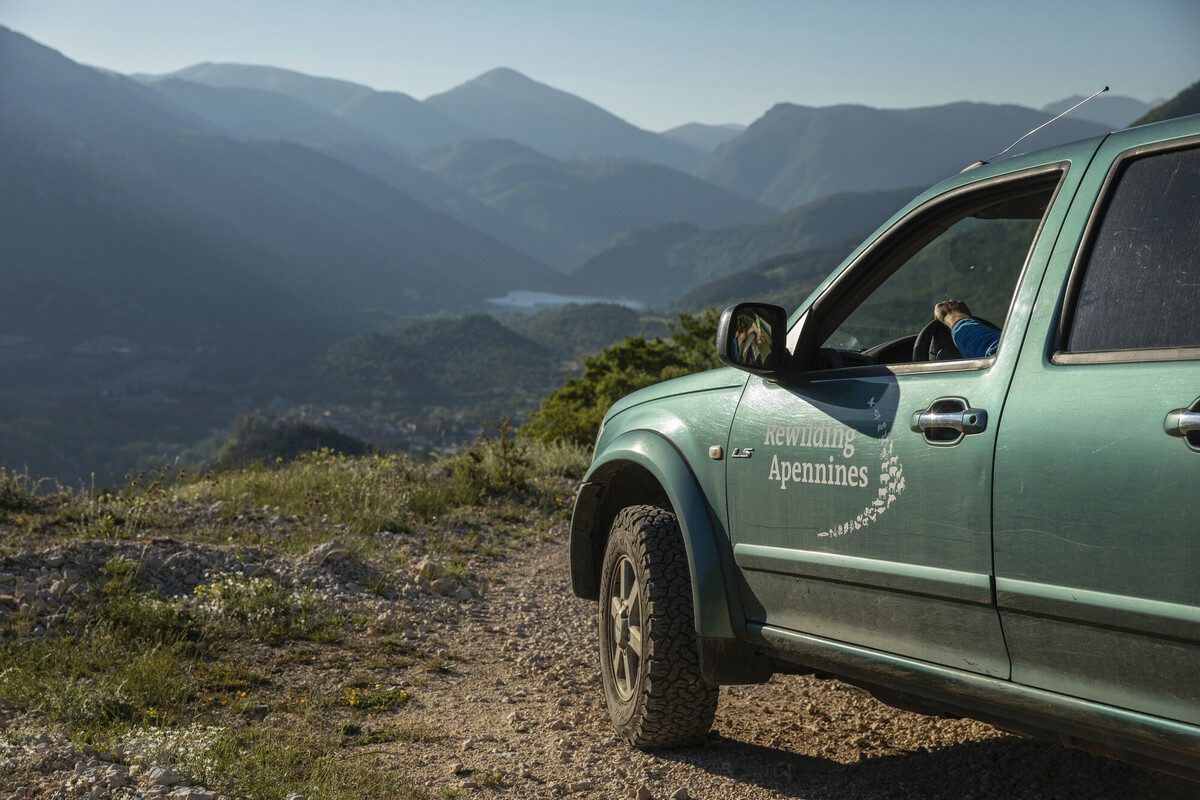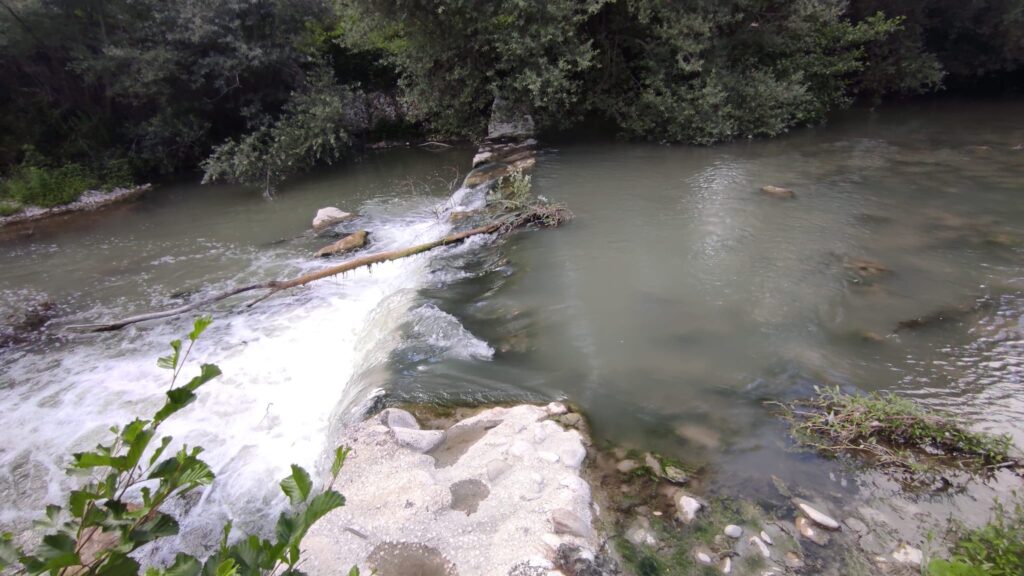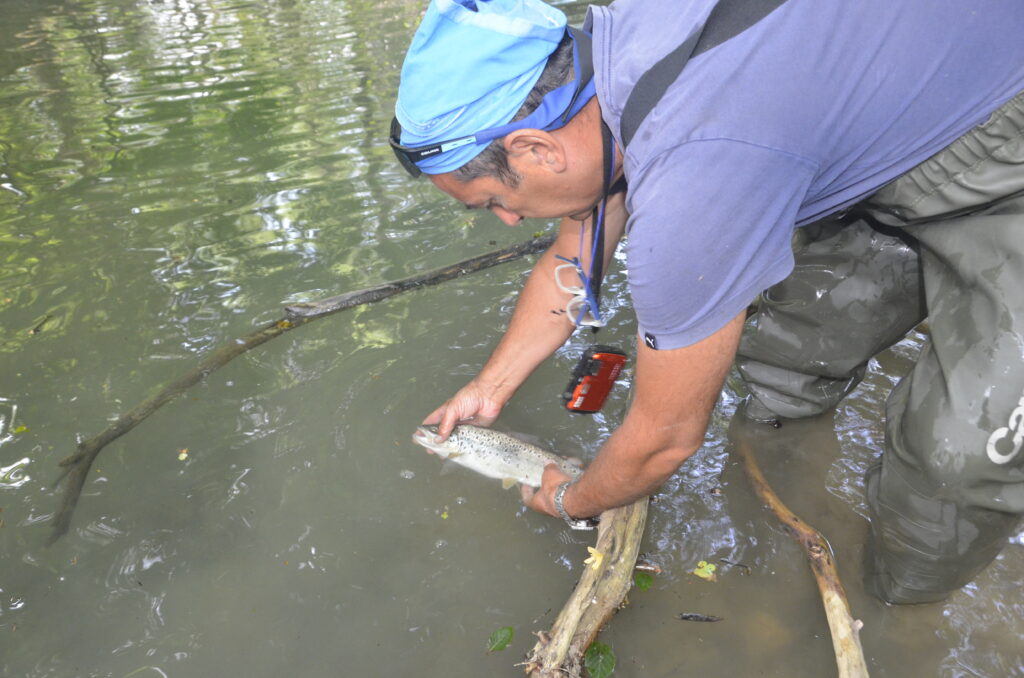Wild Lyric – Dream a wilder sound for River Liri
Increasing the technical and practical know-how of the Italian bureaucratical workflow related to dam removal and establishing a collaborative network with local authorities to make workflow easier for future dam removals in the Liri River.
Introduction
The Liri River is particularly famous for being managed by the Ancient Romans. About 110 km upstream from its mouth, the river passes what used to be Lake Fucino, separated from the lake basin by the mountain ridge of Monte Salviano. The Roman emperor Claudius had a tunnel dug through the ridge to drain the lake, which had no natural outlet, to the Liri. The later emperor Hadrian tried to improve the tunnel, but after the empire’s fall, the tunnel was not maintained, and it was blocked by silt and debris, allowing the lake to refill. A new tunnel was completed in the 1860s, and the former lake basin still drains to the Liri via that tunnel, through the ridge near the town of Avezzano.
During the Italian Campaign of the Second World War, the German defences of the Gustav Line followed the Liri valley. Now the natural habitats of the upper Liri are scattered with power plants and weirs that are making fish life harder.
Removing the barriers would improve water and habitat quality for several native fish species of economic and conservation value (e.g., Salmo trutta trutta, Gobio gobio, Squalius lucumonis, Barbus fucini, Rutilus rubilus, Telestes muticellus). The river is part of ‘Rewilding Apennines’ rewilding area and is strategic for the return of the Eurasian otter and other threatened, protected species of mammals (e.g., the critically endangered Marsican brown bear, the wolf, the wild cat, the polecat, and several ungulates) and birds.
The Liri River and its valley are also an important ecological corridor for terrestrial wildlife between the Abruzzo, Lazio and Molise National Park to the east and the Simbruini-Ernici mountains to the west.


